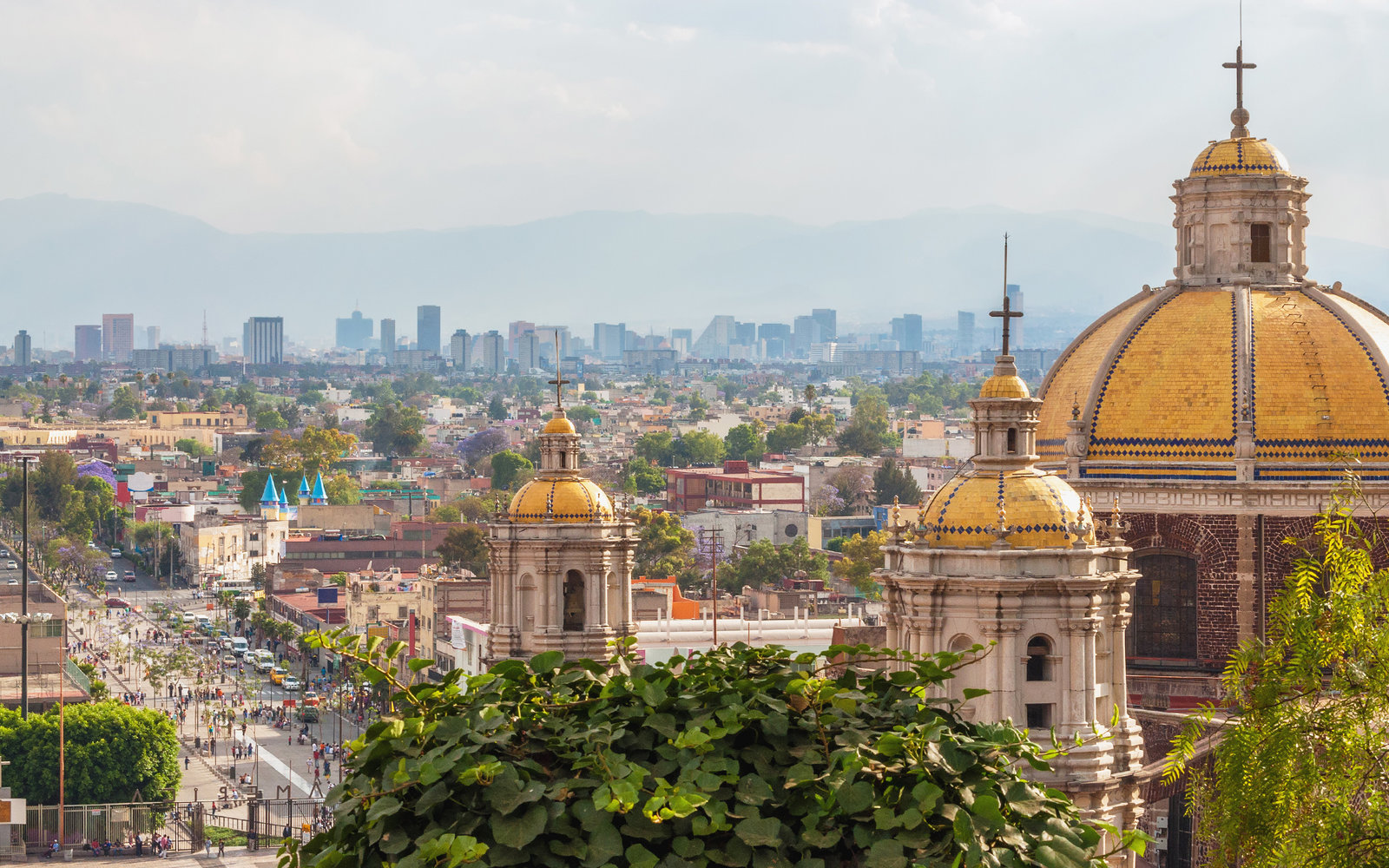By David Jacobson, Temblor and Professor Shinji Toda, IRIDeS, Tohoku University, Japan
Click for an earthquake update

At 1:14 p.m. local time, a M=7.1 earthquake struck just south of Puebla, Mexico, and 120 km from Mexico City, where almost 9 million people reside. From the initial USGS ShakeMap, severe shaking was felt close to the epicenter, while in Mexico City, they would have experienced moderate to strong shaking, enough to cause significant damage. Ironically, this earthquake comes on the 32nd anniversary of a deadly M=8.0 earthquake in Mexico City which killed over 5,000 people and caused billions in damage. Furthermore, as an observance to the anniversary, several buildings held earthquake drills earlier in the day. Unlike today’s quake, which struck southeast of the city, that earthquake was centered over 350 km to the southwest of the capital.

Based on reports and photos, we know that at least 42 people are confirmed to have died, and buildings have collapsed in Mexico City. The USGS PAGER system estimates that economic losses could reach $1 billion, with up to 1,000 fatalities. This deadly quake comes less than 2 weeks after a M=8.1 earthquake shook the Chiapas region to the southeast. While the magnitude of that quake was significantly larger than today’s, shaking in Mexico City was greater today, given the proximity of the epicenter to the city.

Despite the fact that just offshore of Mexico is the Middle America Trench, where the Cocos plate subducts beneath the North American plate at a rate of approximately 76 mm/yr, today’s event, like the earthquake on Sept 7, was extensional in nature. Depending on the subduction model used, today’s earthquake could have either been within the subducting Cocos plate (Franco et al., 2005), or the overriding North American plate (Hayes et al., 2012). This difference is a matter of how much the dip of the subducting slab shallows. Professor Shinji Toda at IRIDeS, Tohoku University, Japan, says that while intraslab earthquakes are typically not as destructive as subduction zone events, their sources are totally invisible and are thus extremely unpredictable. Additionally, he suggests that while inland Mexico is dominated by subduction megathrust events and onshore active faults, a flattened slab layer could be a third source of large earthquakes.

From the focal mechanism and location of today’s event, it may have struck within the Trans-Mexican Volcanic Belt. While this chain of active volcanoes is the product of subduction at the Middle America Trench, there is regional extension. Throughout this volcanic belt, which runs across central Mexico, there are pronounced east-west-oriented extensional faults. Based on historical earthquakes, there is no known subduction zone seismicity below the Trans-Mexican Volcanic Belt (Suter et al., 2001). This means that any earthquake within this zone is likely to be extensional.
From the Global Earthquake Activity Rate (GEAR) model, which is available in Temblor, today’s M=7.1 earthquake just south of Mexico City can be considered surprising. This model uses global strain rates and the last 40 years of seismicity to forecast the likely earthquake magnitude in your lifetime anywhere on earth. From this model, which is shown below, one can see that in the location of today’s event, the likely magnitude is M=6.5-6.75. Having said that, in 1999, a M=7.0 earthquake struck just roughly 100 km to the east. That too was an extensional earthquake likely associated with the Trans-Mexican Volcanic Belt. As more information comes in on this earthquake, we will either update this blog, or post an entirely new one.

References
USGS
European-Mediterranean Seismological Centre
Max Suter, Margarita Lopez Martınez, Odranoel Quintero Legorreta, and Miguel Carrillo Martınez, Quaternary intra-arc extension in the central Trans-Mexican volcanic belt, GSA Bulletin; June 2001; v. 113; no. 6; p. 693–703
Franco et al., Propagation of the 2001-2002 silent earthquake and interplate coupling in the Oaxaca subduction zone, Mexico, Earth Planets and Space · October 2005
